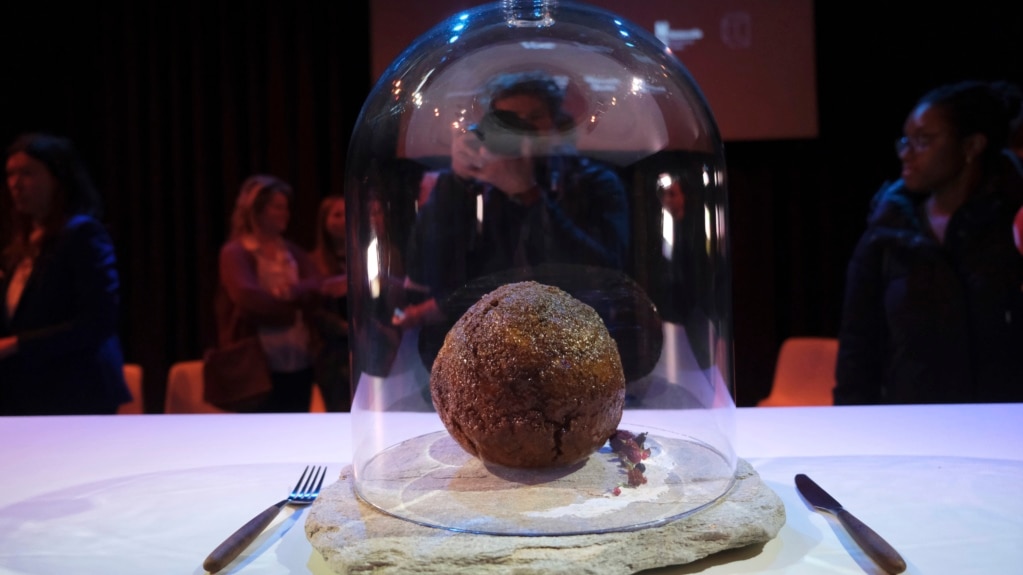An Australian company has made lab-grown meat using genetic information from a wooly mammoth, an extinct animal.
The company launched the creation in a science museum in the Netherlands. It came just days before April 1, known as April Fools’ Day.
“This is not an April Fools' joke,” said Tim Noakesmith, founder of the Australian company Vow. “This is a real innovation.”
The lab-grown meat, also called cultivated or cell-based meat, is made from animal cells and grown in a lab. Animals do not need to be killed to produce them. Supporters of cultivated meat say it is better not just for the animals but also for the environment.
The company, Vow, combined genetic information from the mammoth and African elephants, the mammoth’s closest living relative. The information was then put into a sheep muscle cell. In the lab, the cells increased in number until there were enough to make a meatball.
More than 100 companies around the world are working on cultivated meat products.
Experts say that if the technology becomes more common, it could greatly reduce the environmental impacts of meat production in the future. Currently, billions of hectares of land are used for meat production worldwide.
Singapore is the only country so far to approve cultivated meat for humans to eat. Vow is hoping to sell its first product there — cultivated Japanese quail meat — later this year.
Vow does not plan to put the mammoth meatball into production. Instead, the company created it to bring attention and get people talking about the future of meat.
“We wanted to get people excited about the future of food… that there are things that are unique and better… and we thought the mammoth would be a conversation starter,” Noakesmith told The Associated Press.
Seren Kell is science and technology manager at Good Food Institute, a nonprofit that promotes plant- and cell-based food. Kell said companies usually use cells from farm animals and seafood to develop cultivated meat. She noted that lab-grown meat can help reduce emissions from animal agriculture and satisfy worldwide demand for meat.
The large meatball shown in the Netherlands was only for show and not to be eaten. However, the meatball was cooked, and people could smell it. Noakesmith said people who were there said it smelled like another cultivated product the company had produced, which was crocodile.
He added that it is “fascinating” to think about smelling something from an animal that has been extinct for thousands of years.
I’m Andrew Smith.

